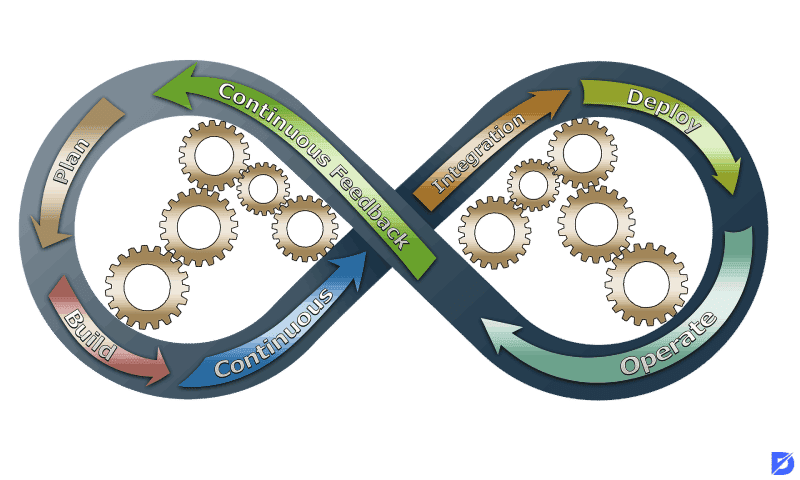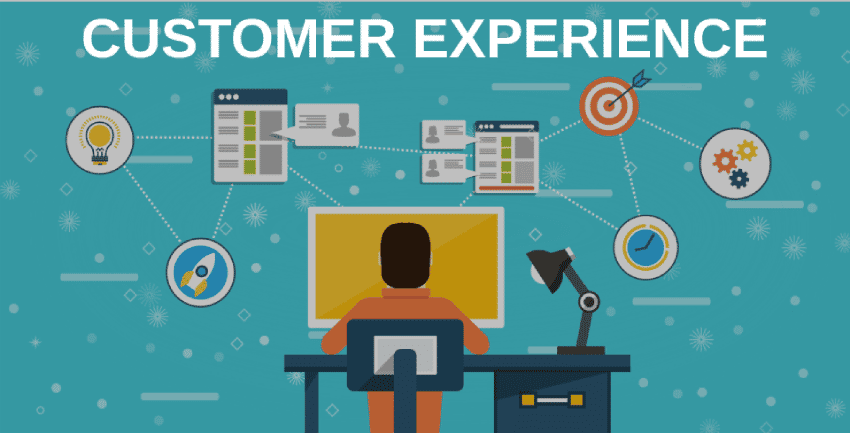In this article, we will be talking about how to turn data into marketing to be successful in a data-driven marketing strategy. A marketing strategy refers to specific strategies for target markets, positioning, and marketing mix. The basic idea is to create value for target customers in order to capture value in return. Data shows each part of your business’s strengths and weaknesses and consequently helps you make strategic decisions to be more successful in your industry.
There is also one more term; data-driven marketing. It is a marketing method to use data through relationships between companies, and customers in addition to third parties to better understand customers’ satisfaction and preferences.
Formulating Your Data-Driven Marketing Campaign
Here are some of the points that you need to take into account if you want to create a data-driven marketing strategy for your business.
Team
One of the most important parts of collecting and analyzing data is to build a team. The team members should come from different departments because you should focus on your company’s big picture. If you create a successful team, then you will have collaboration between these various departments.
Gather Your Data
Marketing and your target customers are vital factors in achieving your business objectives. Before developing your marketing strategy, focus on the target market’s data, competitors, marketing and social media analyses, and customer data. Ask each different member of your new team. Some specific questions help you obtain these complex data and understand what is going on around your business. Here are some guiding questions.
- Who is the target customer?
- How do you know this is the target? What do you know about them?
- What do they think about your brand and business? How can you understand what your customer think?
- Do you have current customer feedback? (Do you have online reviews, messages, or comments on social media platforms, such as Twitter or Facebook pages, questionnaires that you review?)
- What is going on in your field?
- Do you have a competitive analysis?
- Is there any missing data to develop your strategy?
After these questions, you will be able to determine both the data you have and the data you wish to reach.

Define Your Strategy and Goals
You might already use a marketing strategy to attract your target customers’ attention. However, your target who you’re trying to reach may not be clear. To obtain the most efficient marketing strategy, think about assumptions. You have already had different types of data from different kinds of departments in your business. At this point, the time is to turn data into marketing. For instance, think about a new submarket. You wish to build a new submarket for your existing products and services. You don’t have to change your brand. The overall goal is to identify the basic target because your new submarket will be shaped by your main business strategy, even if the submarket is slightly different than the main market. Here are some questions to identify your strategy and goal.
- What are your target customers looking for? What do they want?
- Can you help them with your offerings?
- What should you do to reach your targets?
- What is the position of your business across the other companies in the industry in which you operate together?
- How can you be unique in your selling position?
- How will you determine the prices of your offerings to reach more people at the same time?
- What are the most important marketing tools to be effective and efficient in your marketing strategy?

Analyze Your Data and Take Action
Now that you’ve reached relevant information, it is time to observe and analyze them. At this point, you should be very careful. Try to be objective and focus on the big picture. Don’t be wide of the mark, and never look for consistencies in the data you have.
As you know, your business is operating in an unstable environment. A perfect SWOT analysis becomes a hero to turn data into marketing. You’ve already considered both the strengths and weaknesses of your business. Now, you should also consider opportunities and threats. Note that there are multiple competitors in your industry, and your potential customers will make a choice. How can you get them to make the purchase? In order to drive your marketing strategy, start using the data!
Improve Data Quality
If you seek to operate on a data-driven marketing campaign, then it is absolutely vital that your data should be very reliable. This is because the quality of your data will also determine the success or failure of your marketing campaign. For this reason, you should always inquire as to the origins of the coming data and attempt to interpret it. It is also important to filter exceptional trends that might contaminate the data in addition to potential data manipulation. Overall, many marketers foresee the possible contamination of the data and take precautions beforehand. Such precautions include the evaluation and correction of the sources of data, redundant parts, or partial results.

Formulate Data-Driven Goals & Plans
In order to create your plan, you should make sure to have analyzed the data very well. Followingly, you should have your marketing goals defined as the rest will be shaped according to them. If you seek to increase your ROIs or bring about more brand awareness, your analysis of data and marketing plans should be based on your goals.
After defining your goals and analyzing data accordingly, you should then determine your target audience and brainstorm ideas to create an influence on them.
Include Key Performance Indicators(KPIs)
It is of extreme importance that your marketing strategies should be measurable. Key Performance Indicators are also known as KPIs are set to measure a company’s performance. These KPIs also aim at monitoring specific parts of a company, or a team as well as a marketing campaign. By setting them, you will not only make track of your successes and failures but also gain insight to improve your strategies as they proceed.

Importance Of Customer Experience
In its abbreviated form CX, known as Customer Experience refers to every process from beginning to the end that a customer goes through in its interaction with a brand. As CX forms the fundamental aspect of customer relations with the brand, marketers should allocate an important part of effort and time into both understanding and improving brand interaction with customers. Moreover, there are multiple factors at play in customer behavior such as shifts in the market, competition levels and accordingly changing customer intentions and expectations.
How about turning the content you trust most into a lead generation tool with content syndication? You can market many types of content this way, such...
If you have experience searching for things like restaurant reviews on the internet, you've definitely come across Yelp. If you are looking for an onl...
In addition, it is important to not underestimate Customer Experience’s impact on overall brand relations This is because some companies may be hesitant to allocate budget and time within their marketing strategies or KPIs. However, overall data suggest that customer experience deserves the signal focus of attention in marketing campaigns.
Turning Data Into The Marketing Strategy In Short
In this article, we talked about how to turn data into marketing efficiently. Data and analytics are the foundation of marketing, and consequently, everything in your business life depends on the data. Build a team, define your business goals, analyze, and then test your data. If you want to delve deeper into the topic, you can start by developing a digital content marketing strategy.





1 Comment
Great post! You’ve provided a clear outline for how to use data to create an effective marketing strategy. My only suggestion would be to include more examples of successful data-driven marketing campaigns.